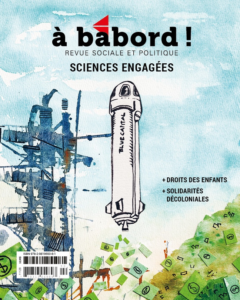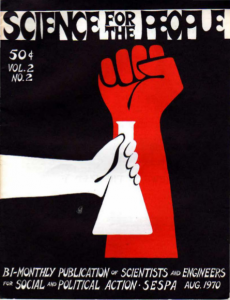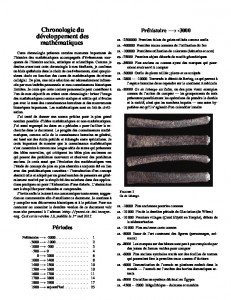Voici la présentation d'un dossier sur la science que j'ai coordonné avec Élisabeth Doyon pour la revue À bâbord !
 Depuis le début de la pandémie et plus qu’en toute autre circonstance auparavant, la science a été mise à l’avant-scène de notre quotidien. Jamais on n’a autant discuté publiquement de recherches scientifiques et de leurs résultats. Or, la rigueur intellectuelle exige un questionnement et un certain recul pour la validation des résultats scientifiques. La recherche en temps réel dont nous sommes les témoins peut paradoxalement créer une certaine confusion chez les non-scientifiques et les remises en question nécessaires à la progression des connaissances peuvent entraîner une perte de confiance envers les institutions et le discours scientifique.
Depuis le début de la pandémie et plus qu’en toute autre circonstance auparavant, la science a été mise à l’avant-scène de notre quotidien. Jamais on n’a autant discuté publiquement de recherches scientifiques et de leurs résultats. Or, la rigueur intellectuelle exige un questionnement et un certain recul pour la validation des résultats scientifiques. La recherche en temps réel dont nous sommes les témoins peut paradoxalement créer une certaine confusion chez les non-scientifiques et les remises en question nécessaires à la progression des connaissances peuvent entraîner une perte de confiance envers les institutions et le discours scientifique.
Cette attente de résultats clairs et cohérents de la part de la science ne doit cependant pas occulter le fait que la recherche scientifique peut receler un parti pris politique, et ce, en dépit de son image de neutralité ou d’objectivité. Continuer la lecture de « Sciences engagées »

 Première version publique de ma chronologie du développement des mathématiques.
Première version publique de ma chronologie du développement des mathématiques.
 VÖCKING, Berthold, 2011.
VÖCKING, Berthold, 2011.